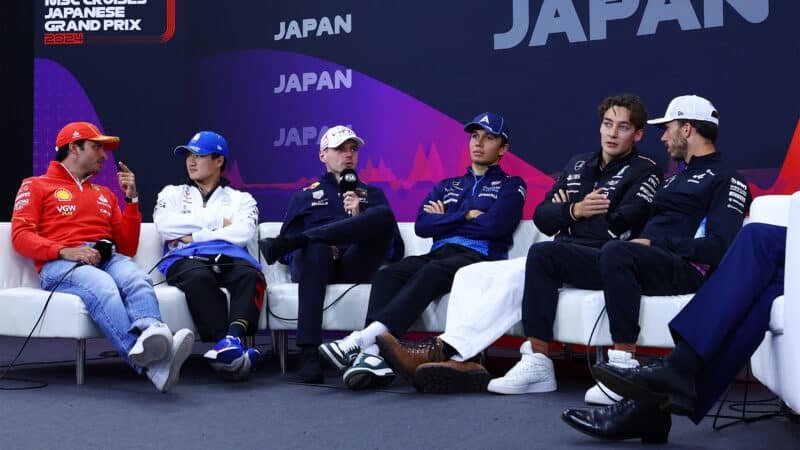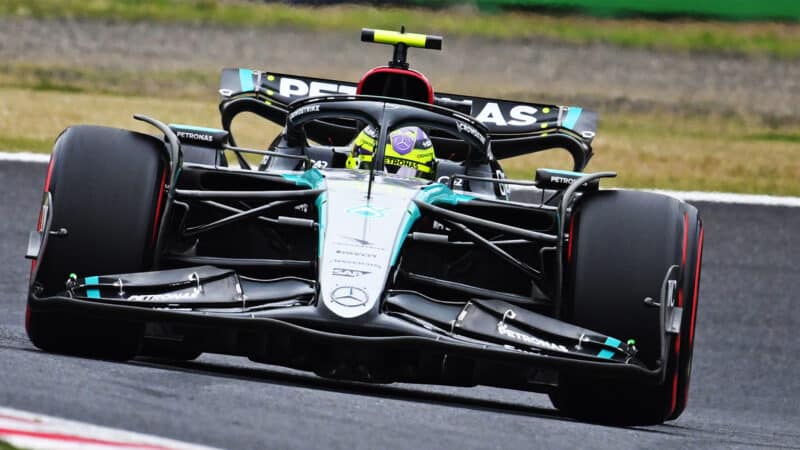“In the end, if you have a lot more energy requested from the electric powertrain [than now], and so you’re going to need to have active aerodynamics to compensate. And there is where it all starts to get messy with the overtaking and the active aero and how you can do that to help the car to go quicker on the straight and spend less time full throttle. Anyway, until we try them, it’s I think unfair to either criticise or [support] the regulation change.
“But if it has attracted manufacturers, big manufacturers like Audi, into the sport, I think it’s something that it has to be appreciated and put into context. My personal view is that these cars now are probably just too big and too heavy. If I would have to change something for tomorrow, it would be that. And then the suspension, I think the suspensions are becoming a big talking point in a lot of the tracks and how we brought them into some corners and how taxing it can be for the driver.
“And so if I would have to request something to the FIA for 2026, if we are going to have active aero, why not active suspension to protect the back of the drivers and to protect our own health and the safety of certain tracks. because it’s clear that right now we are asking way too many things to the tracks and to the circuits, to the organisations, to change many small bumps that before we wouldn’t even feel with the ‘21 car, and now we just can spin or have a pretty big accident because of those situations. So if I would have to ask or add one thing for the ‘26 would be something to protect us a bit on that front.”
Getting cars with such huge battery capacity to be much lighter than currently is probably not going to happen. That is a consequence of the hybrid technology. But Sainz’s point about active suspension is an interesting one – and perhaps the time has come to allow it back.




